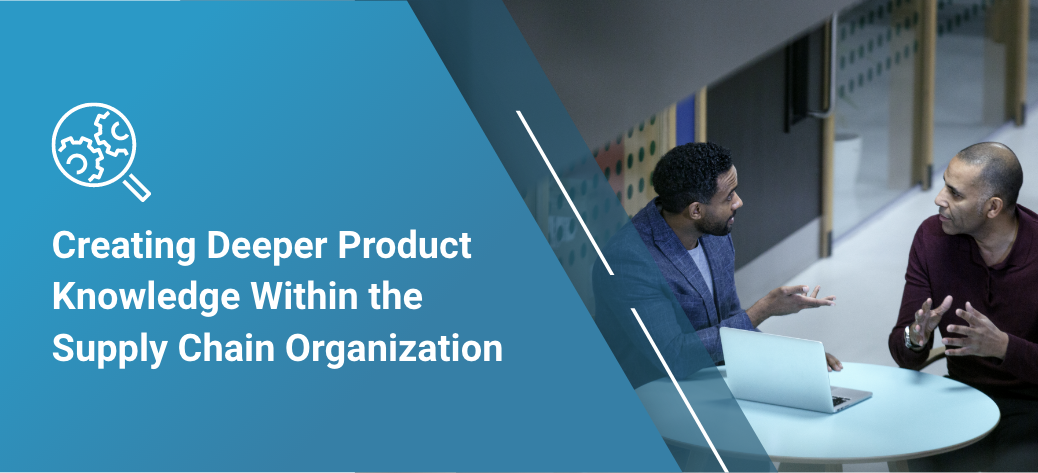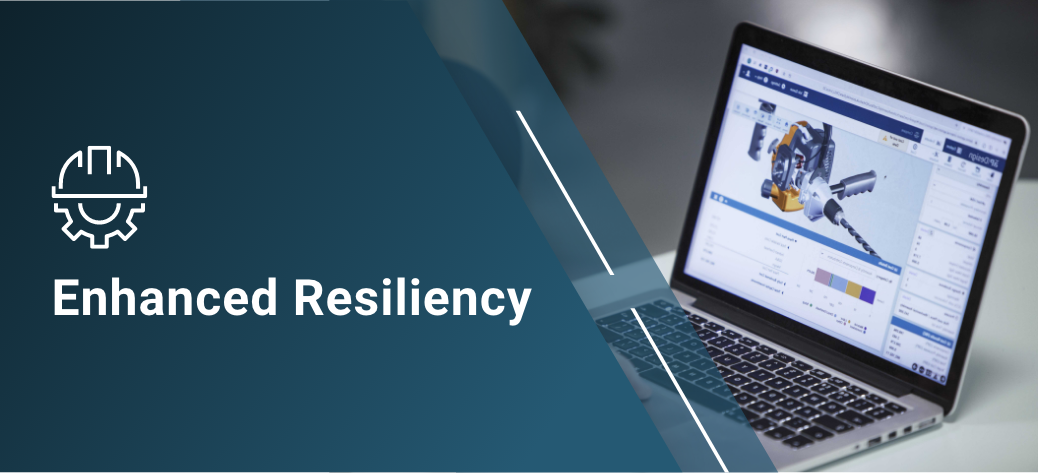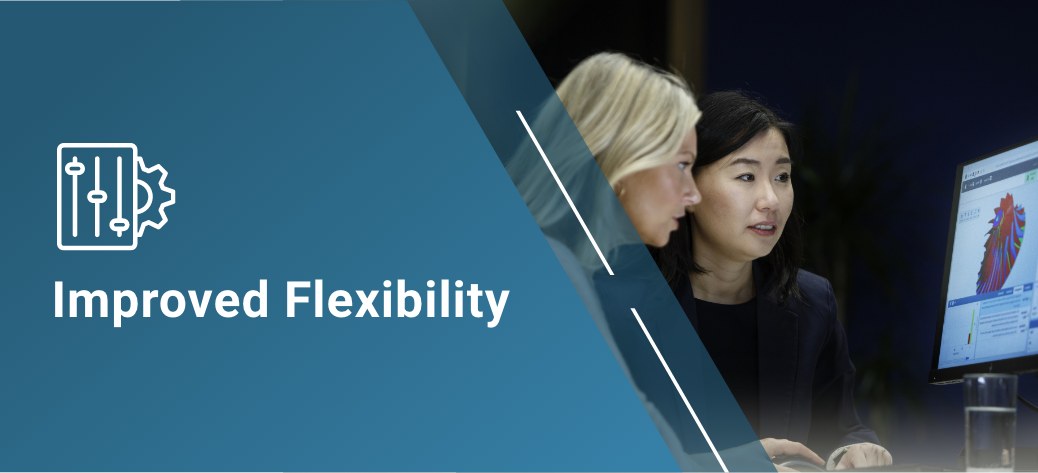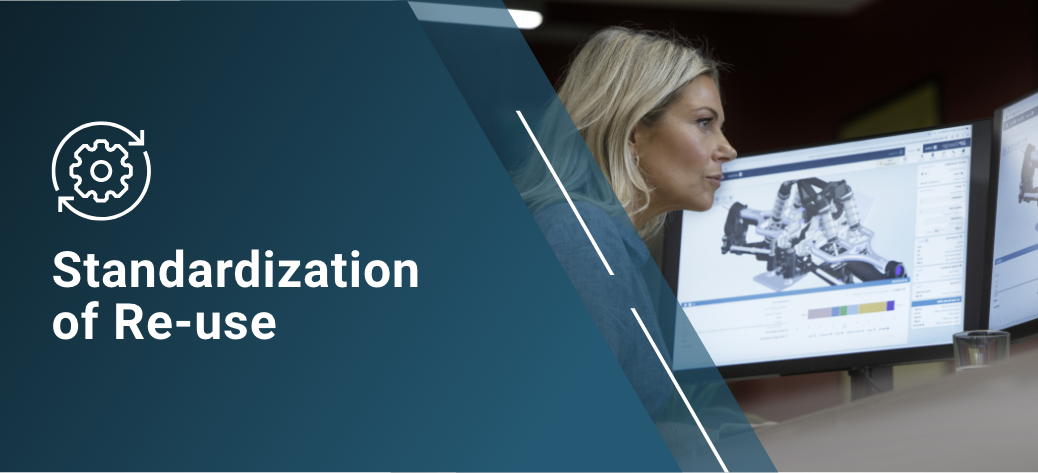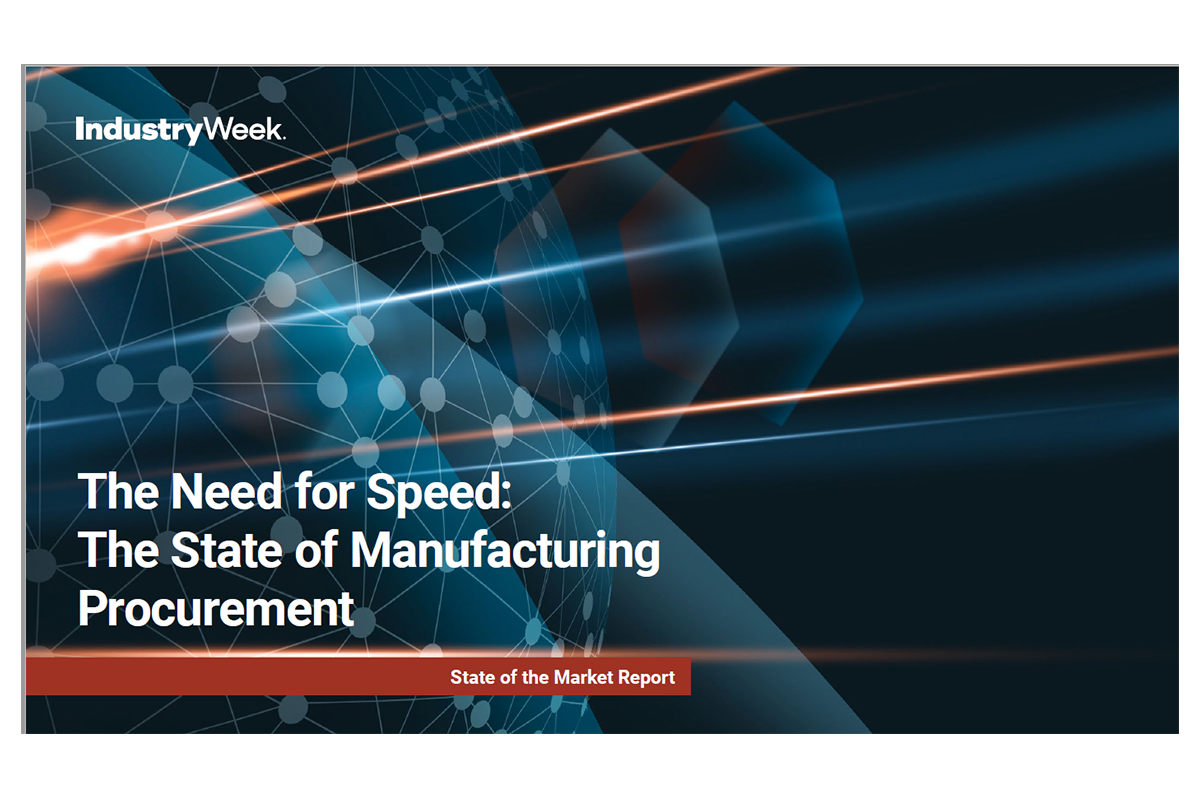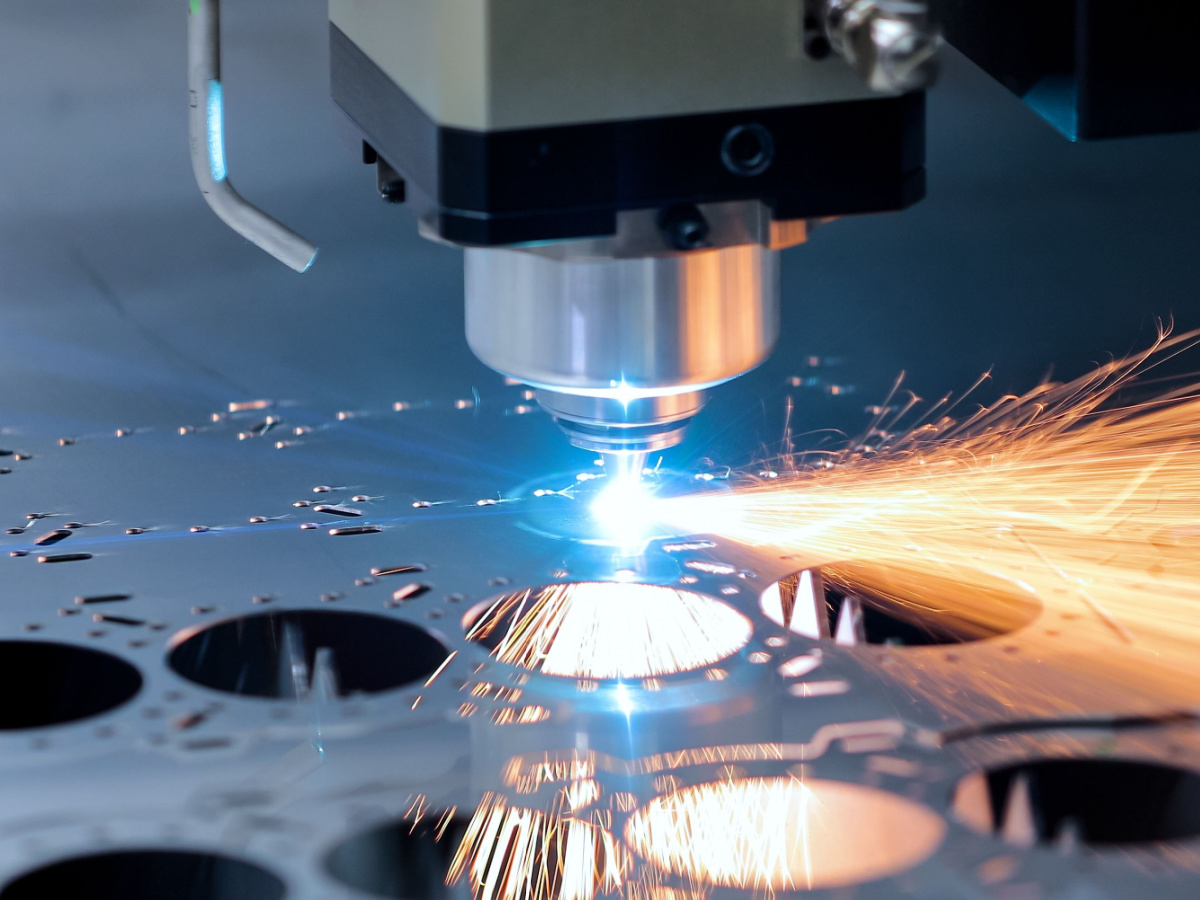Using Digital Manufacturing for a Resilient EV Supply Chain
Introduction
Manufacturing simulation represents an enormous opportunity for the electric vehicle market to innovate, streamline processes, and get products to market faster – all while identifying millions of dollars in potential savings on product costs.
In this case study, we explore how EV companies can use manufacturing simulation to build resilient and flexible supply chains.
And we’ll look at how one company, Eaton, is using aPriori to see exponential business growth.

Company Details
Industry
Automotive & Transportation
Number of Employees
85,947
Revenue
$19.63 Billion
aPriori Product
aP Pro and aP Design
The Problem
Improve time to market and profitability in a highly competitive marketThe Solution
Embrace manufacturing simulation to improve sourcing and build a resilient supply chainEmbracing New Business Models to Increase Profitability
Introducing Eaton
Eaton is a premier power management company that did roughly $18 billion in sales in 2020. It has about 90,000 employees in 175 different countries.
The history of the company goes back over a hundred years. Eaton is an automotive supplier that got its start by manufacturing axles. But over the last 20 to 25 years, the company’s undergone a dramatic transformation.
Sectors include the electrical sector with just over $11 Billion in sales. And the industrial sector, which includes aerospace, hydraulics, and vehicle eMobility which represents just over $6 Million in sales.
Embracing new business models is really a must to improve time to market and increase profitability.
How manufacturers innovate is changing. Stagnant and traditional tools simply do not allow the same level of collaboration as tools that are cloud-based. That’s why innovative companies like Eaton are embracing digital transformation.
The Benefits of Embracing Digital Manufacturing in the EV Sector
Cloud-based digital manufacturing is designed with each role in mind. The difference is, these roles have been traditionally siloed.
In traditional manufacturing environments, each department utilizes its own database and processes. This makes timely, accurate, and effective collaboration nearly impossible.
The benefit of digital manufacturing is that it allows individuals to focus on what they do best, while providing a single, consistent database. The database can be flexible enough to leverage and present the data in ways that are most valuable to the end user. But no matter which view you utilize, the information is the same.
Creating a digital thread between all of your departments allows you to seamlessly connect each part of the product development lifecycle.
As you know, even in siloed departments, no one is working in a vacuum chamber. Each decision, each input, each change affects the entire product development. It requires a continual flow of information.
Manufacturing Simulation for EV
How does digital manufacturing simulation work for electric vehicles?
And that’s especially important today. Supply chain shortages are extremely prevalent right now.
But being able to quickly understand the impact of the design on your supply chain inherently creates a resilient supply chain. And understanding possible manufacturability issues early in the design process allows you to innovate faster.
How Eaton Uses Manufacturing Simulation Software
Eaton’s adoption of aPriori has grown significantly since its inception in 2017.
Now, Eaton’s engineering teams use aPriori for:
How Digitization Creates a More Effective and Efficient Supply Chain
Not only has using aPriori led to incredible results, but using digital tools helps the entire team improve their product knowledge. aPriori’s tools gives everyone meaningful insight into how product design affects product cost models. It enables everyone to care more about product cost.
But that’s not the only benefit.
Manufacturing simulation creates a more effective and efficient supply chain by:
How Manufacturing Simulation Works for EV
When we talk about creating a digital thread, it’s not just a catch phrase. Your entire product lifecycle can be digitized and connected from the 3D CAD model’s inception to the creation of your product.
1. Design in Your 3D CAD System
The first step is product digitalization. You might hear the term ‘digital twin’ which basically represents the 3D digital rendering of your product. Traditionally, designers might design a 3D product, print it in 2D prints to send to sourcing, and then send to manufacturing. This process is becoming highly outdated.
Digital twins allow you to connect your product to digital factories in order to understand how your design will impact cost, supply, and manufacturability.
A digital twin is critical to the success of your digitization efforts. A 3D rendering in a CAD system allows tools like aPriori to understand how the geometry of your product will affect manufacturability and cost.
Once your rendering is complete, simply upload your design to aPriori. Now, you can manually push your design into aPriori. Or you can run aPriori silently in the background, allowing real-time design insights to guide your engineers.
2. Your Design Enters aPriori
Once your design is ready, it’s time to move into the aPriori system. This allows you to examine your new product design from both a design engineering perspective and a sourcing perspective.
The aPriori model only requires a few user inputs to generate an enormous amount of data-rich content.
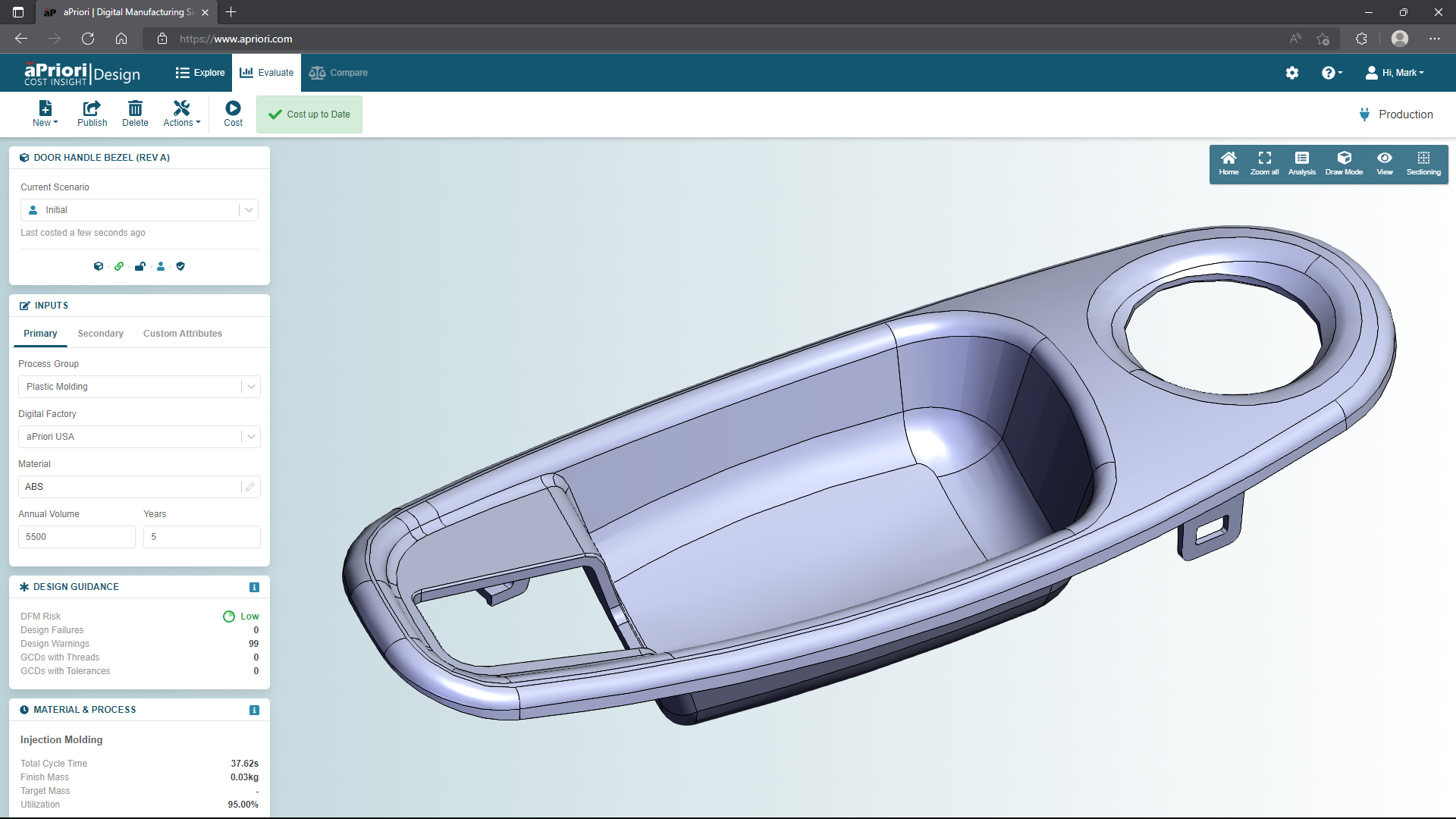
In this particular example, die casting is required. So, you’d be able to source that from wherever you want around the world. That’s right! aPriori is able to overlay hyper-local data – including overhead costs, labor rates, and even machine types – for specific regions around the world.
Then, you’ll decide the volume requirements for your product. Along with other basic inputs.
Once you’re setup, aPriori is going to extract the geometry of your part and help you understand, explicitly, how the part is going to be manufactured. It predicts optimal routing as well. Coming back to the digital thread, we’re able to see a start-to-finish overview of the machining of that component.
3. Understand and customize your cost model
There’s been no 2D printing. No sourcing involvement. Directly from aPriori you’re able to generate a cost model in just a few minutes. The biggest benefit is that you’re able to use your cost model data to make instant design and materials changes.
Once your product is run through aPriori, cost breakdown becomes incredibly clear.
In this example, materials make up more than 70% of the product cost. aPriori makes it easy for you to explore different materials to see how changing them would affect costing and sourcing.
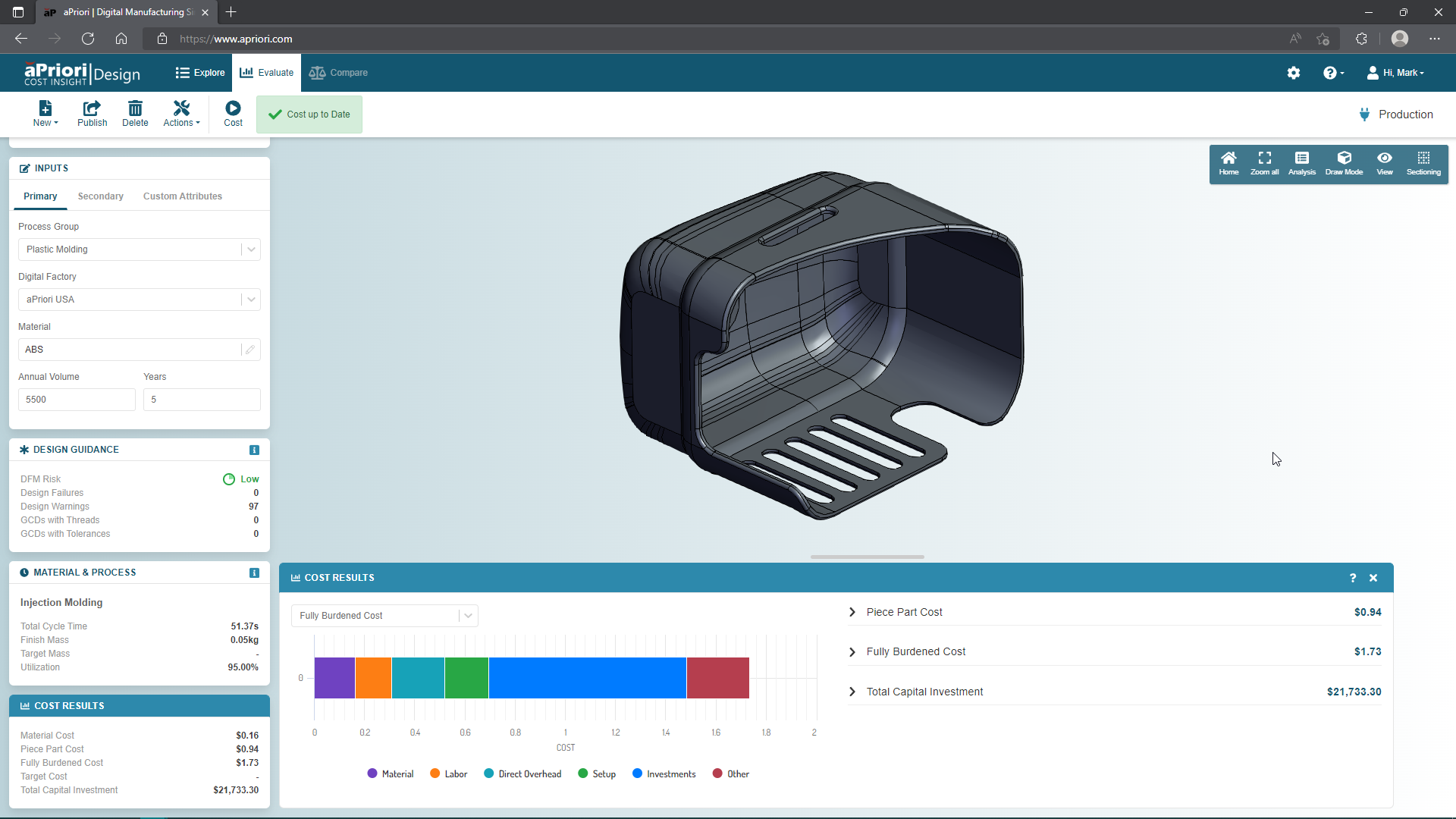
In this example, we could try utilizing a plastic injection molded component instead of a stock machine component. aPriori will reassess that change.
This small change, in a matter of minutes, is not only able to significantly reduce the cycle time of the product, but to dramatically reduce the cost of the product right out of the gate.
4. Matrix cost to other regions around the world
Your design savings don’t have to stop there.
aPriori allows you to matrix cost your design to multiple regions around the world. Cross-compare pricing for your product across 5+ regions at the same time to understand where you can save the most time, money, and resources.

5. Scale your digital factory
Once your inputs are set up how you’d like, you can scale your digital factory. Batch cost hundreds of parts at the same time. Or save your setup so your designers can utilize this data in real time in their design systems.
Learn more about how aPriori is helping Eaton improve time to market and build resilient supply chains in this webinar recording:
Experience aPriori in Action
Meet with an aPriori expert and learn how we can help you to eliminate product costs, improve productivity, and reduce your carbon footprint.

